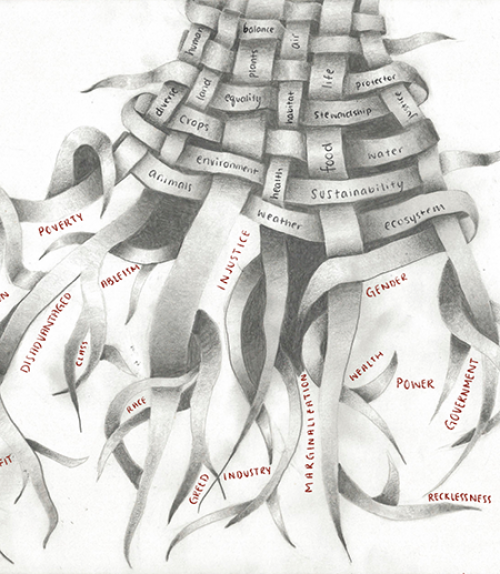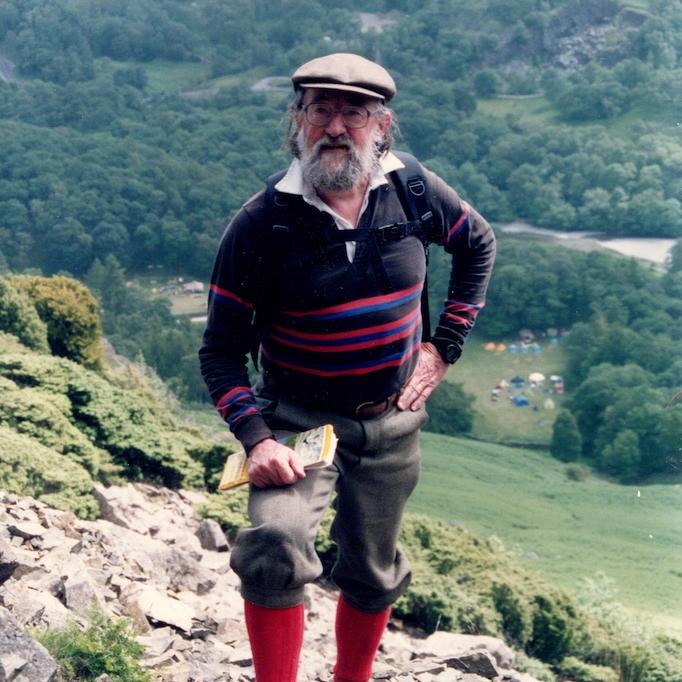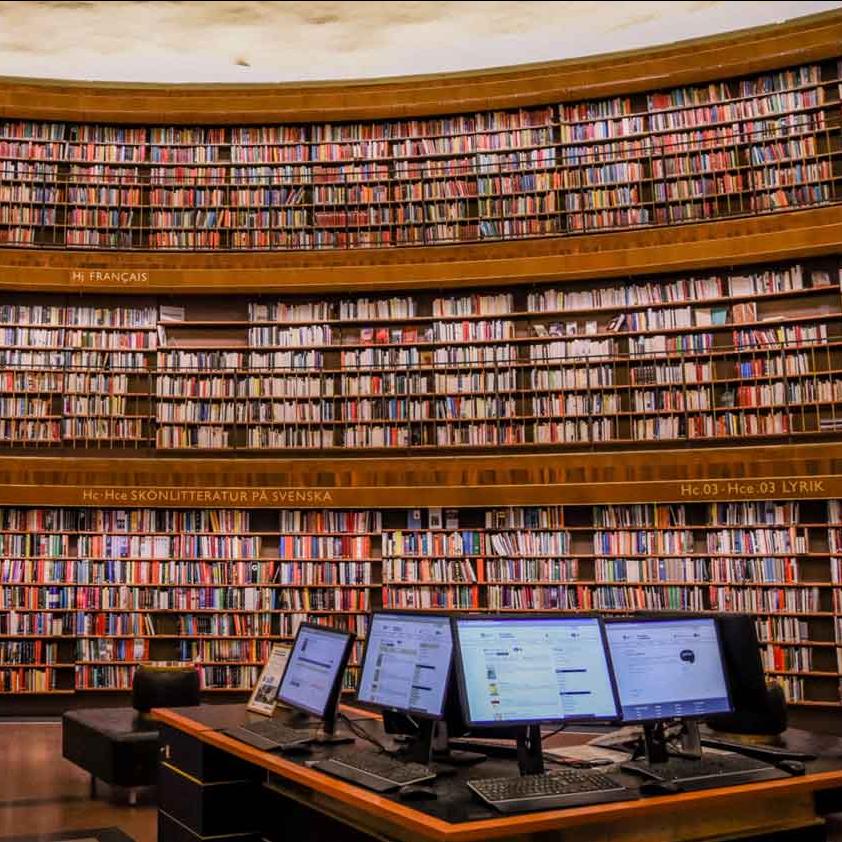
 Department Homepage
The College of Arts & Sciences
Department Homepage
The College of Arts & Sciences
Students' creative work on climate change, COVID chosen for journal
“The main takeaway that I got from this class was how interconnected we are with the Earth."




